Earth’s Geomagnetic Reversal: Flipping Polarity
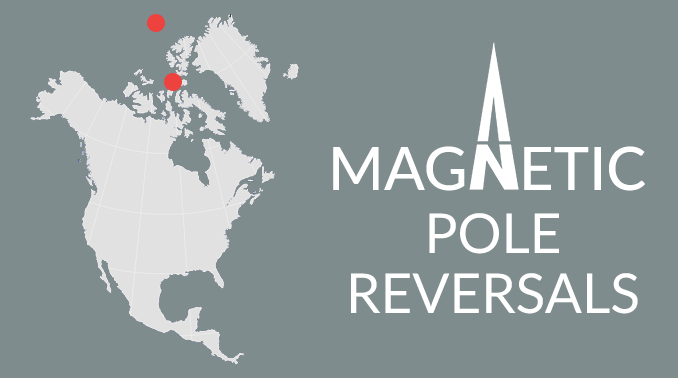
“The Earth is one big magnet. This is why when you use a compass, it points to the magnetic north. But north didn’t always point northward.”
On average, it takes 250,000 years for Earth’s magnetic north to flip polarity. As shown in rocks, magnetic pole reversals are one of the key gateways to recognizing the past.
During this geomagnetic reversal, the Earth’s magnetic field gradually weakens, flips in polarity, and then gradually strengthens again.
On average, pole reversals occur every 200,000 to 300,000 years. We may be due for one soon… or maybe not.
What are magnetic field lines and pole reversals?
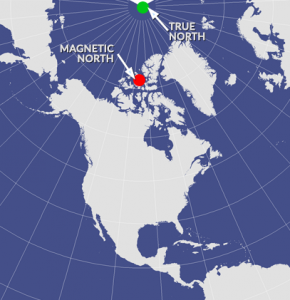
Earth’s magnetic field changes with time. It’s known to wander from place to place. And it doesn’t match with Earth’s geographic north and south poles.
In the past, magnetic poles have reversed and even changed direction. This means that the North Pole becomes the South Pole and vice versa.
There aren’t any patterns for magnetic pole reversals. They don’t reverse in regular intervals making them very unpredictable.
“Over the past 3 million years, the magnetic pole has reversed 12 times. We know this because we record reversals in iron-rich rocks that behave like magnets.”
How do rocks show evidence of pole reversals?
Basaltic magma is rich in iron when it freezes. Because iron is magnetic, we use magnetometers to find the direction of the magnetic field.
When magma cools, the magnetic material aligns with Earth’s magnetic field. As it solidifies, it locks the magnetic field orientation like a tiny compass. Based on the rock’s magnetism, we can find the magnetic pole orientation.
So, within the first layer of basaltic lava, magnetite records the north pole direction. Then for the next layer, the south pole becomes the north pole.
“They found that the magnetic orientation switched in successive basaltic lava layers. And this is why we know that magnetic poles have reversed in history.”
How does our magnetic field protect Earth?
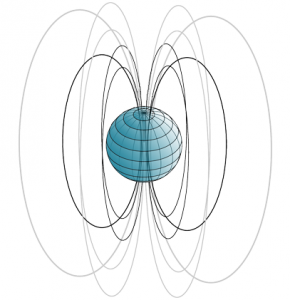
The magnetic field gives us a layer out in space called the magnetosphere high above in the atmosphere. It varies in its distance but can extend up to 65,000 kilometers from Earth’s surface.
From space, the magnetosphere resembles a magnetic dipole. Field lines resonate in a circular pattern from the magnetic north and south poles.
The magnetosphere allows life to exist on Earth’s surface. Without it, Earth would be exposed to cosmic and solar radiation from the sun.
During magnetic storms, trapped plasma flashes lights that are observable around the globe. This disturbance in the magnetosphere is what creates the Aurora Borealis or Northern Lights.
Summary: Earth’s Geomagnetic Reversal
Earth’s magnetic field changes every 200,000 years on average. We know this by studying magnetic material in rocks.
By analyzing the magnetic properties preserved in rocks, researchers can trace the historical record of Earth’s magnetic field changes, allowing them to estimate the average interval between geomagnetic pole reversals, which is approximately every 200,000 years on average.
But why do poles reverse?
We are still trying to find the cause for pole reversals and when the next one will occur.
Do you have anything to say? Please let us know any questions or comments below.

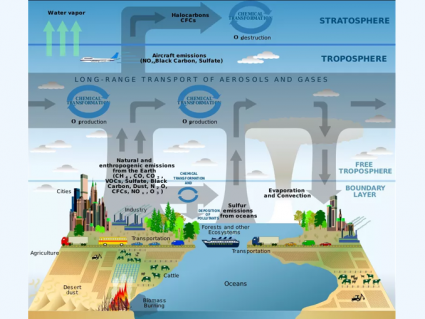
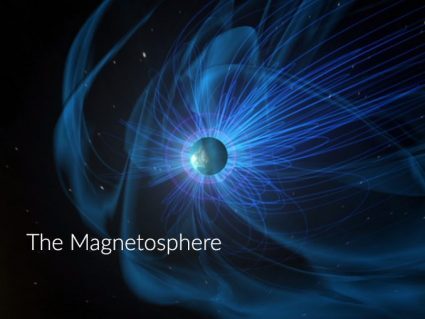

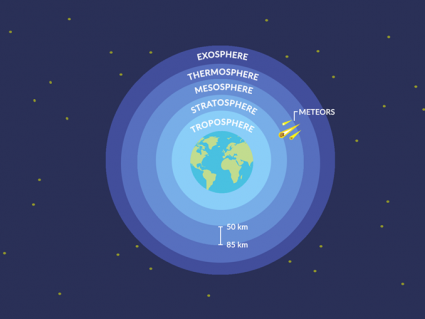

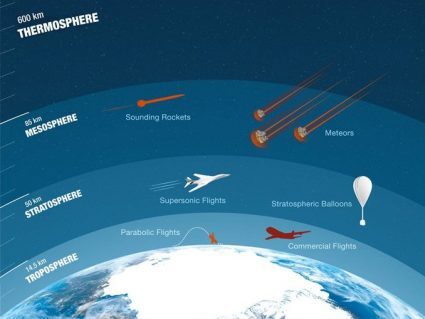
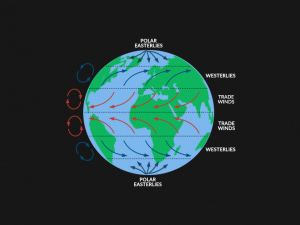



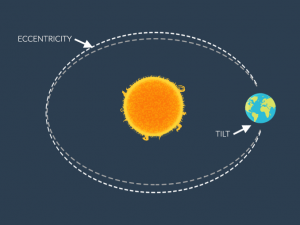
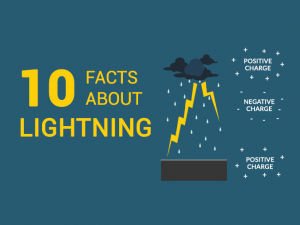

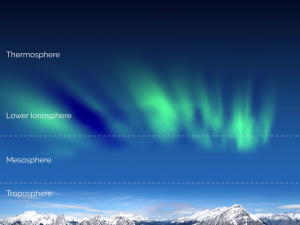
Why are there dates of the last geomagnetic reversal different for up to 400k years? What are Your reference studies to prove that the last happened 200k years ago?